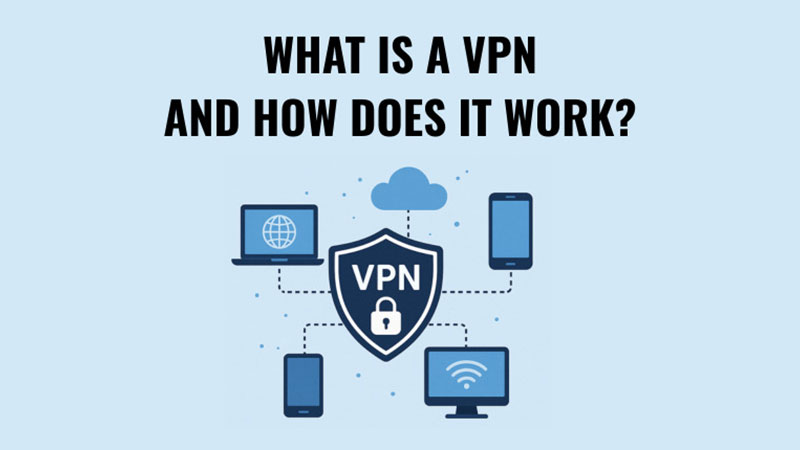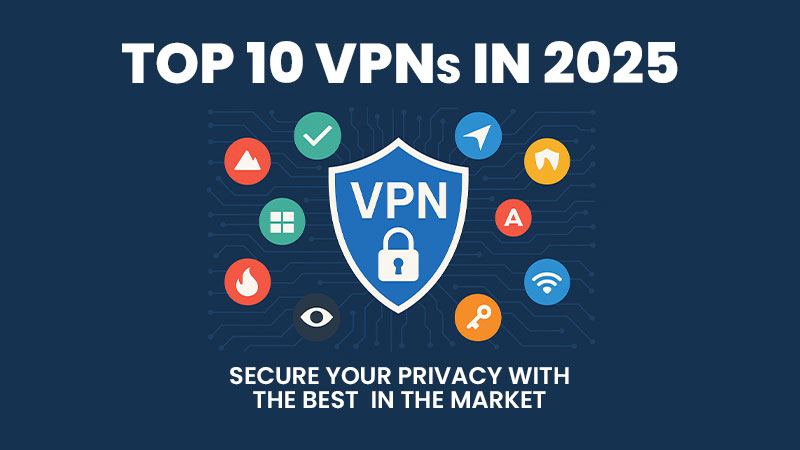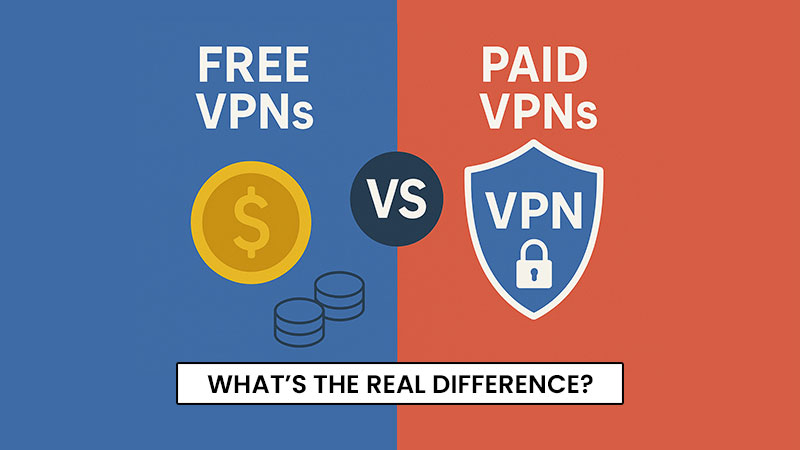How to Set Up Your Router to Block Pornography for Free – a smart, zero-cost way to protect your household from explicit content. In today’s hyper-connected world, safeguarding your network is more important than ever.
Whether you’re a parent, educator, or privacy-conscious user, setting up your router to block pornography can be a powerful step toward creating a safer online environment – without spending a rupee.This guide walks you through free, effective methods to block adult content at the router level, ensuring protection across all connected devices. No software installations, no subscriptions – just smart configuration.
Why Block Pornography at the Router Level?
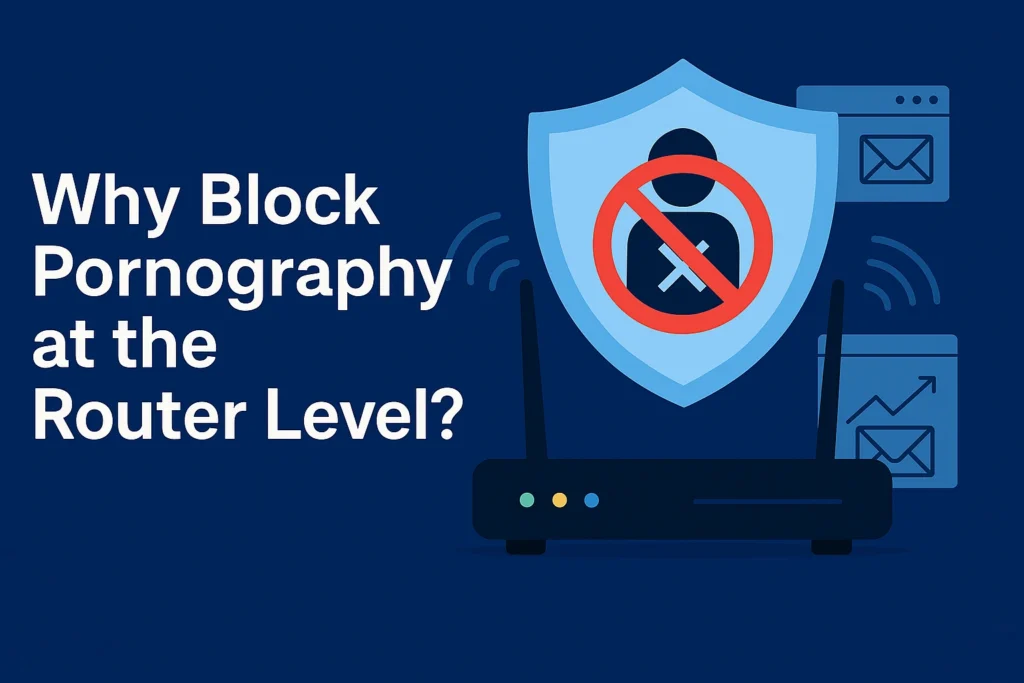
Blocking adult content directly through your router offers several compelling advantages, especially for families, schools, and privacy-conscious users. This method ensures that inappropriate material is filtered before it reaches any device, creating a safer and more controlled online environment.
- Network-wide protection: All devices – phones, tablets, smart TVs, gaming consoles, and even smart home gadgets – are covered under a single configuration.
- No need for individual apps: Eliminates the hassle of installing and managing parental control apps on each device, saving time and reducing compatibility issues.
- Parental control: Empowers parents to enforce safe browsing habits for children by blocking access to adult websites and explicit content across the entire network.
- Privacy-first approach: Reduces exposure to explicit ads, adult trackers, and malware often associated with pornographic websites, helping maintain digital hygiene.
- Improved bandwidth management: Prevents bandwidth from being consumed by high-traffic adult sites, ensuring smoother performance for educational and work-related activities.
Step-by-Step – How to Block Pornography via Your Router (Free Methods)
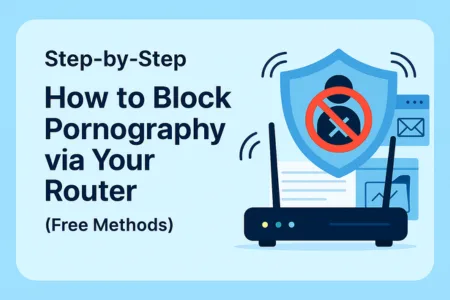
Follow these simple and free steps to configure your router for blocking adult content across all connected devices. No software required – just smart DNS settings, built-in parental controls, and manual filters for a safer browsing experience.
Access Your Router Settings
Before making changes, you’ll need to log into your router’s admin panel.
- Open a browser and type your router’s IP address (commonly
192.168.0.1or192.168.1.1) - Enter your username and password (default credentials are often printed on the router)
Change your router password if you haven’t already to prevent unauthorized access.
Use Free DNS Services with Adult Content Filtering
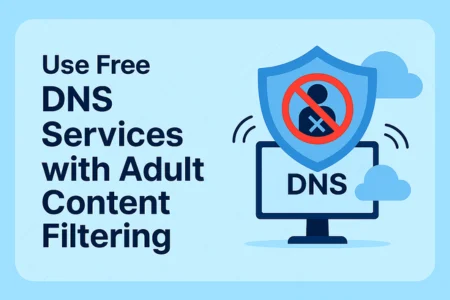
DNS (Domain Name System) translates website names into IP addresses. By switching to a DNS provider that blocks adult content, you can filter traffic at the source.
Recommended Free DNS Providers
| DNS Provider | Primary DNS | Secondary DNS | Features |
|---|---|---|---|
| CleanBrowsing (Family Filter) | 185.228.168.168 | 185.228.169.168 | Blocks porn, proxies, VPNs |
| OpenDNS FamilyShield | 208.67.222.123 | 208.67.220.123 | Blocks adult content automatically |
| Cloudflare for Families | 1.1.1.3 | 1.0.0.3 | Fast, privacy-focused, blocks malware & adult sites |
How to Change DNS on Your Router
- Navigate to Network Settings or Internet Settings
- Locate the DNS Server section
- Replace existing DNS with one of the above
- Save and reboot your router
Enable Built-In Parental Controls (If Available)
Many modern routers offer built-in parental controls:
- TP-Link: HomeCare or Parental Controls tab
- Netgear: Smart Parental Controls or Circle integration
- ASUS: AiProtection > Parental Controls
These features allow you to:
- Block specific websites or categories
- Set time limits for internet usage
- Monitor browsing activity
Features vary by model. Check your router’s manual or support site for specifics.
Manually Block Pornographic Domains
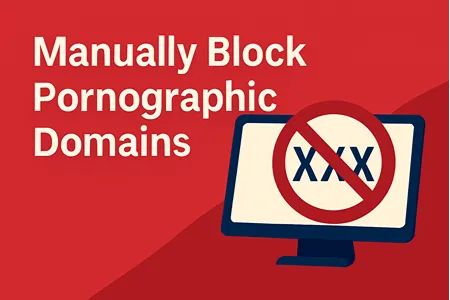
If your router supports URL filtering or keyword blocking:
- Go to Security Settings or Access Control
- Add known adult domains (e.g.,
pornhub.com,xvideos.com) to the blacklist - Save and apply changes
This method is more manual but allows granular control.
Disable VPN and Proxy Access
VPNs and proxies can bypass DNS filtering. To prevent circumvention:
- Block common VPN ports (e.g., 1194, 443, 500)
- Disable access to proxy websites via URL filtering
- Use DNS providers like CleanBrowsing that block VPN domains
Test Your Setup
- Visit a known adult site to confirm it’s blocked
- Use tools like dnsleaktest.com to verify your DNS settings
- Check router logs (if available) for blocked attempts




